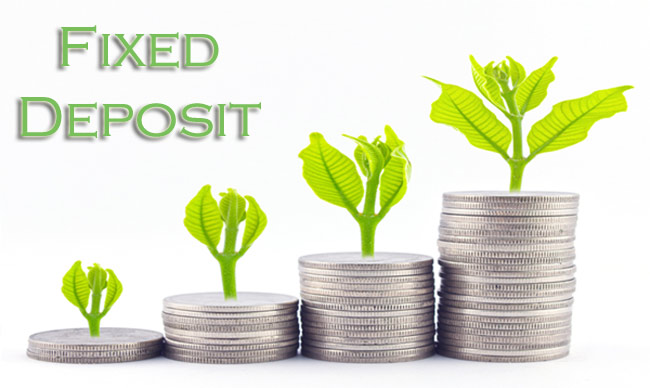
Whenever there is a discussion on investing a lump sum for best returns, the first suggestion that is thrown out is Fixed Deposits. And, why not? Fixed deposit schemes are the best form of risk-free investment currently available in the country.

However, before you invest your amount in a fixed deposit account and lock your funds for a fixed amount of time, it is important to consider the following factors that would help you decide how to invest your funds in a fixed deposit scheme.
Five Factors to Consider While Investing in FDs:
Fixed deposits are not completely safe.
While most of us assume that fixed deposit schemes are 100 percent safe and secure, the reality is somewhat different. Corporate deposits are unsecured loans and don’t guarantee anything to an investor, whereas banks offer Deposit Insurance and Credit Guarantee Corporation for deposits up to 1 lakh per customer across all branches of a bank. In this case, the smart way to invest in fixed deposit schemes is to split the investment into three to four small investments across different banks. Such split investments will offer many benefits, where you can easily break a single fixed deposit at the time of an emergency while the money keeps growing in other investments.
Go for laddered investment cycle to earn better benefits
It is highly advisable to ladder your investments in fixed deposit schemes with different tenures. Such a laddered layout of investments will help you lower the risk of locking in all your money for long periods of time at a single rate. For example, if you are investing 4 lakhs in a fixed deposit, split the amount into four equal amounts and deposit Rs. 1 lakh each for one, two, three, and four years as fixed deposits. In this scenario, you get the amount after maturity every year, which in turn can be invested into the four-year FD. This way, you can ensure liquidity as you will have one deposit maturing every year. Also, considering the fact that fixed deposit interest rates tend to move in multi-year cycles, this for laddered investments will help you balance out over a period of time earning you better income without much risk.
Opt for right term of investment to avoid premature withdrawal penalty
It is no secret that banks or corporate houses offer higher interest rates on long term fixed deposit schemes. Such high-interest rates prompt an individual to opt for the longest period fixed deposit account. However, this may backfire on the individual in case of an emergency, which results in breaking the deposit and paying a premature withdrawal penalty. Hence, it is advisable to split your funds into three to four different investments at different term periods as explained in the ladder system above. In this scenario, you can break any one deposit at the time of an emergency and pay a lesser penalty, while your money still keeps growing through other FD investments.
Consider TDS and other tax laws regarding FD before investment
While banks or corporate houses deduct the tax at 10.3 percent if the interest amount exceeds Rs. 10,000 in a year, your tax liability doesn’t end there. If you are earning more than the higher income bracket as per Tax laws in India, you will be entitled to pay further tax on this income. While filing your tax return, you are entitled to mention the income from fixed deposits and bonds, whether TDS is deducted or not. Even if you have invested in a cumulative deposit, the tax must be paid every year.
Interest from FD on your spouse or children will be considered as your income
There is no way you can avoid tax if you invest the funds in the name of your spouse or children. While you can exempt tax on the money given to your spouse or children when it is invested, the interest is often considered as the income of the giver and tax as per laws. However, there’s an immunity of Rs. 1,500 a year per child for a maximum of two children.
